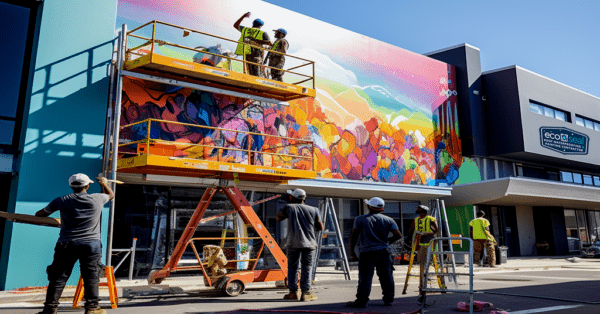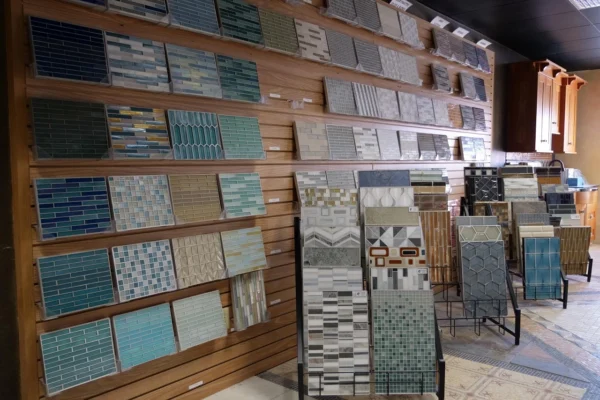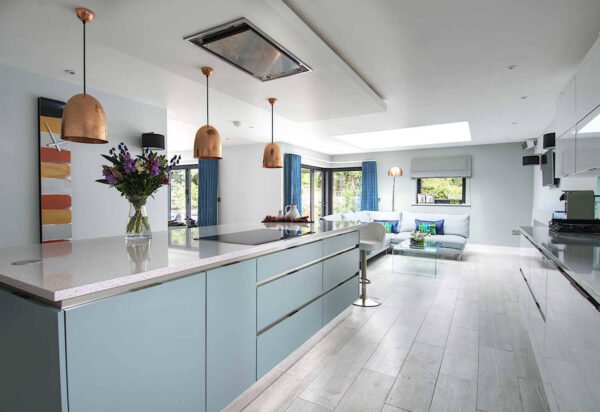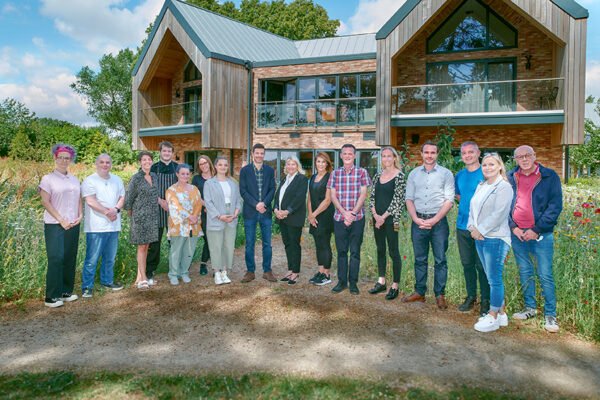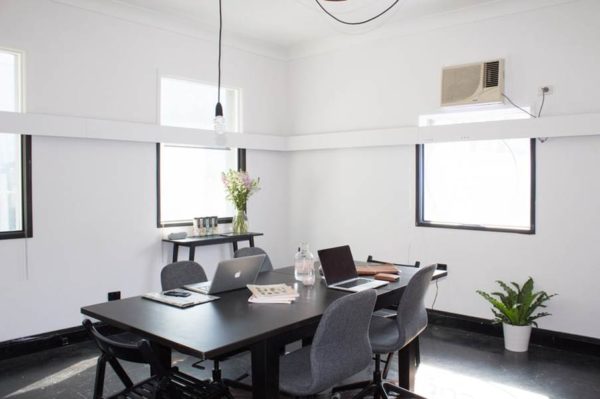
A Well Organised Office Has Tremendous Benefits: Follow These Tips for Maximizing Your Space
Even though your work is done mainly on a computer, your entire work space should fuel your motivation to be productive.

The general condition of your living environment affects your personal productivity. Right. So, it comes without saying that the way your office space is used impacts the wellbeing and productivity of your employees.
Working in a clustered and messy environment has the ability to keep you distracted and in most cases, create negative energy. Therefore, by optimising your workplace you not only help reduce real estate costs; it can transform the way people work and enable teams to reach their full potential.
There are many initiatives you can place in to maximise the output from your office, from implementing hot-desking to creating social areas where employees can relax, build relationships and have spontaneous conversations that can spark innovation. Even the most dedicated employees can find it hard to focus in a chaotic environment, so striking a balance of open, collaborative areas and quiet spots for concentration is key!
Having an office goes beyond bricks and mortar. There is nothing worse than having a space which serves as nothing more than a receptacle for desks and chairs without any character or alignment with the brand. Smarter workplace design can spark employee motivation, embed a positive atmosphere and create a high-performance culture that reflects shared values
We caught up with Jane Young, industry expert at Smartway2 who shared some important points to consider when optimising your office space, to ensure its full potential is realised.
1) Ideal storage solutions
As agile working fast becomes the norm, many organisations are implementing shared workstations and spaces that provide maximum flexibility, while minimising real estate costs and improving sustainability. As a result, many employees no longer have a desk of their own. That’s why it’s important to provide people with adequate, secure storage, such as lockers, where they can keep personal items. Failure to think through storage challenges is a common pitfall of hot-desking, yet it’s an easy one to mitigate with forward-planning.
2) Agile working
Agile working is all about enabling people to work when, where and how they choose – whether from home, from the office, a co-working space, a cafe, or a combination of all of these. A great first step towards creating a more agile workplace is implementing hot-desking and Activity Based Working (ABW). In an ABW environment, there are a variety of spaces that people can choose from, depending on the task at hand – for example booths for making private calls, libraries for concentrating on work that requires complete focus, collaborative areas for brainstorming and cafes or bean-bag areas for socialising.
According to a report by Kinnarps, nearly 70% of employees say that working in an ABW environment gives them more energy, helps them achieve better results and is more stimulating. British utilities company, National Grid certainly found this to be the case when they achieved an 8% increase in overall productivity and a reduction in operating costs of £8-10 million per year as a result of implementing ABW.
In a workplace that relies on people being able to find the desk, room, or space they need when they need it, using a workplace scheduling tool is essential. With a meeting room booking software like Ronspot, employees can quickly locate the ideal meeting room, book lunch or a parking space, and collaborate efficiently. Another advantage of such a system is the analytics it provides, helping you make informed workplace optimization decisions. For instance, space utilization data might reveal that breakout rooms are frequently fully booked, while open-plan areas are under-used, allowing you to repurpose space effectively.
3) Let the light in and go green
Lighting and plants in offices can impact not just the ambiance, but the wellbeing and productivity of employees. Improving wellbeing reduces absenteeism and presenteeism. Also, people feel more positive about their organisation when they can have more control over their workplace experience, so small touches like providing desk lamps make a difference.
Natural light and plants can boost energy, so bringing the outdoors indoors will help people feel more alert, comfortable and creative. A 2014 study by researchers in Australia, the UK and Netherlands found that greenery significantly increases workplace satisfaction, heightens self-reported levels of concentration and improves perceived air quality.
4) Flexible solutions
Traditional office space tends to be rigid: when you want to change the layout or use of your space, you often must move to a different room or office – or even a different building altogether. Given the pace of change today, it makes more sense to build flexibility into your spaces. For example, try to find furniture, screens and even partition walls that are flexible. From foldaway desks to pull out coffee tables, enabling customization and reconfiguration will help you use space efficiently, as demands change and evolve. For example, walls can be used to display presentations as opposed to installing projection screens.
Glass dividers can be used as alternatives to whiteboards. Meeting rooms can also be designed to become more flexible by having screens that can divide large rooms. This is a smart way to utilise unused spaces in the room, making it ideal for smaller scale meetings. A flexible workplace scheduling tool will enable people to request a room configuration, then manage the workflow, for instance if your Facilities team needs to organise a new room layout in time for an important meeting.
5) Balancing open plan and private space
In the past, office cubicles were all the rage. Then open plan became the dominant trends, as we sought to improve collaboration. Albeit that removing walls and partitions in your office will create more space, some studies show that open plan layouts reduce the amount of face-to-face interactions and increase digital communication. For example, Harvard researchers Ethan Bernstein and Stephan Turban studied two corporate headquarters transitioning to more open office spaces and found that the volume of face-to-face interaction decreased by 70%, while digital dialogue increased.
What’s more, there’s a risk that open plan environments can negatively impact wellbeing and productivity, due to lack of privacy, noise and interruptions. There’s no one size fits all when it comes to workplace strategy, as behaviour differs depending on the type of work being done and your company culture. However, the most successful workplaces will strike a balance between open plan and private space, offering the best of both worlds. If your office has a predominantly open layout, your employees will benefit from the provision of private space to make calls, or complete work that requires focus.
6) ‘Chill out’ space
Did you know that people who have good friends at work are more likely to feel engaged and are therefore more productive and less likely to seek another job?
Today’s competitive landscape demands more cross-functional collaboration than ever before, so it’s important to provide spaces where people can socialise, take a break, bump into colleagues from other departments and build relationships.
Whether a cafe, a games room or some other kind of ‘chill out’ area, it’s worth thinking through how you can offer a space that enables people to get away from screens, relax and chat with their co-workers.
7) Eliminate ‘no shows’
The process of finding a meeting room can be frustrating and time-consuming, whether you want to make a booking in advance, or grab a room for an impromptu meeting. Too often, people end up pacing the corridors looking for a vacant space – and when they find one, they’re often interrupted by others searching for rooms or claiming they’ve booked the space.
Using meeting room display panels outside each room can help solve this problem, by clearly signalling which spaces are free and which are occupied.
Another common problem that wastes 30-50% of meeting space is ‘no-shows’. In other words, people book meetings then fail to show up. Perhaps a scheduled team meeting is called off at the last minute, but the host forgets to cancel the room and the catered lunch they’ve arranged.
No shows are incredibly costly and without the right systems in place, it can be impossible to tell how much productivity and valuable real estate is going to waste.



















